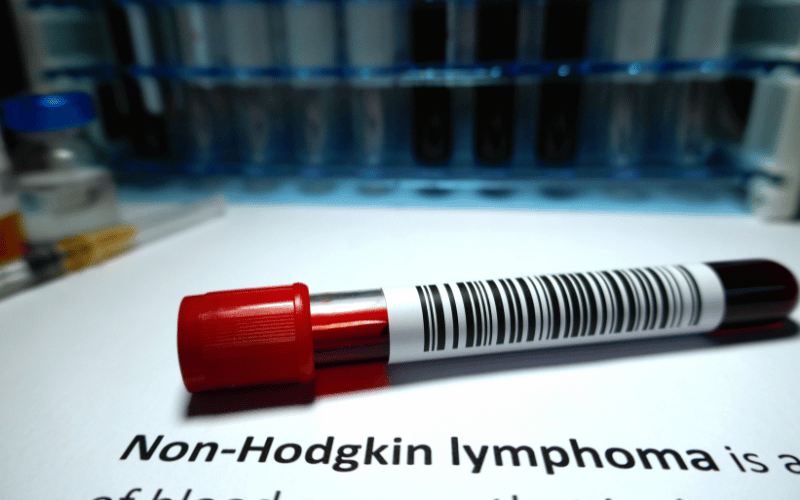Introduction: A Deep Dive into Non-Hodgkin’s Lymphoma

The realm of medical science is vast and intricate. Among its many enigmas lies Non-Hodgkin’s Lymphoma (NHL), a term most might have heard but perhaps don’t fully grasp. NHL stands as a multifaceted disease, with myriad subtypes and nuances that differentiate each one. However, for the sake of brevity and clarity, this discussion hones in on two primary subcategories: Aggressive and Indolent Non-Hodgkin’s Lymphomas.
Understanding diseases, especially ones as complex as NHL, isn’t just a task reserved for medical professionals. It’s essential for patients, families, caregivers, and the general public. The significance of this knowledge transcends beyond the confines of a diagnosis or treatment. It impacts patient care, mental health, and even public health policies. It’s not just about the clinical aspects but also the emotional, psychological, and societal implications that come with it.
In the following sections, we will demystify these two types of NHL, laying them out in clear, easy-to-understand terms. By doing this, we hope to bridge the gap between medical jargon and everyday comprehension. Such knowledge is vital, not just for those affected by the disease but for anyone aiming to be a well-informed individual in today’s world.
The journey through understanding NHL is akin to putting together a puzzle. Each piece, whether it’s a symptom, treatment option, or statistical insight, adds to the bigger picture. And like any puzzle, the satisfaction lies in seeing the complete image, in grasping the entirety of what NHL entails. So, let’s embark on this journey, delving deep into the intricacies of aggressive and indolent NHL, understanding their characteristics, treatments, and the hope that research brings to the table.
Type 1: Aggressive (fast-growing) Non-Hodgkin’s Lymphoma Symptoms

The aggressive variant of Non-Hodgkin’s Lymphoma, as its name suggests, exhibits a rapid progression. This swift nature makes it imperative for individuals to recognize its symptoms early, as early detection can significantly improve the prognosis. Let’s delve into the core symptoms associated with this type.
One of the primary indicators of Aggressive NHL is the swelling of lymph nodes. Often painless, these swollen nodes are commonly found in areas like the neck, armpits, and groin. While lymph node swelling can result from various causes, including infections, persistent swelling without any other apparent cause can be indicative of NHL.
Another symptom to watch out for is unexplained, recurrent fevers. These aren’t the typical fevers you get from a common cold or flu. They are persistent and often accompanied by drenching night sweats, enough to soak through bedclothes.
Weight loss can be a celebratory event for some, but when it’s unintended and significant (typically around 10% of the body weight over six months), it raises concerns. Such drastic weight loss without an explicit reason can be a telltale sign of this aggressive lymphoma variant.
A constant feeling of tiredness or fatigue, not alleviated by rest, is another hallmark. This isn’t just your everyday tiredness after a long day. It’s a persistent, debilitating fatigue, often combined with breathlessness, even without exertion. (1)